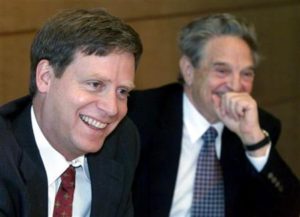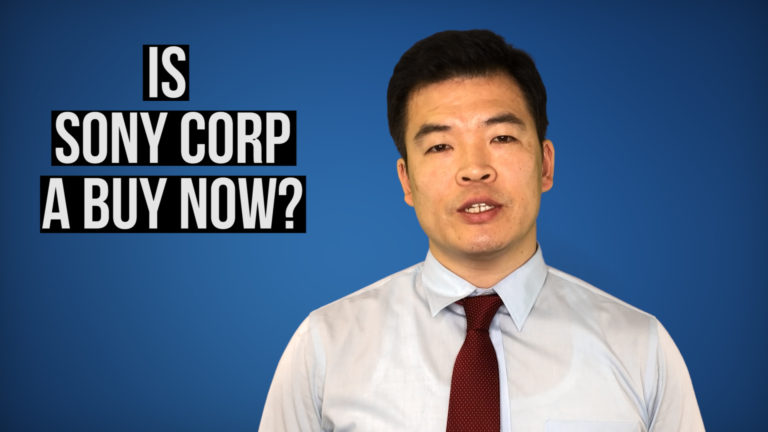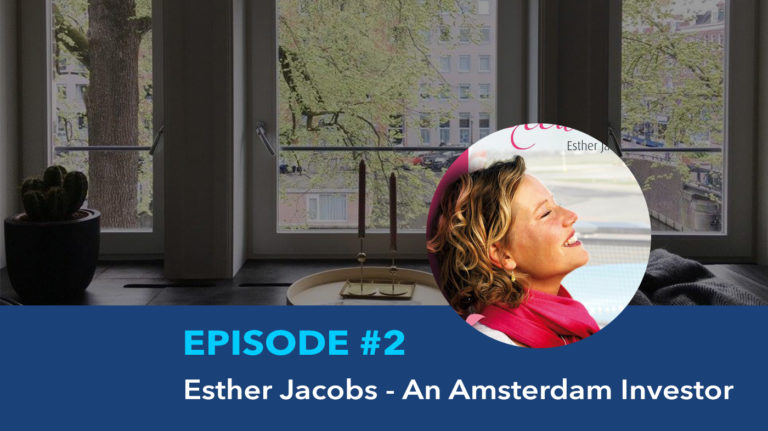Return of the Macro Trader
There was a time when single individuals would break the Bank of England, bringing havoc to emerging markets in Southeast Asia, and challenge the intellectual elite of finance and economics. They were known as the elite of Global Macro Hedge Funds (Macro Funds). To the delight of regulators and hedge fund competitors, these masters of the universe are a dying breed, as they have been replaced with professional, institutionally-managed hedge funds and strategies that, by and large, are organized around enormous computer power rather than by individual wits and intuition. But this year 2019 might be the year of their great comeback.
The names of those few sound to insiders like the A-list stars of Hollywood – among them George Soros, Stan Druckenmiller, Paul Tudor Jones, and Louise Bacon as the titans of the Global Marco hedge fund world. Individually and together in wolf packs, they would shake up entire financial markets, governments and central banks. In recent years, many new names and firms have joined the ranks, but without the success or glamour, their predecessors once had.
The most famous example of such a success (and macro trading strategy in general) comes from George Soros and his then lieutenant and head trader, Stan Druckenmiller. Both closely followed the development of Great Britain’s efforts, under the leadership of John Major, to stay within the European Monetary System. The problem was that Germany’s and England’s economic cycle didn’t coincide, causing huge economic friction between both their monetary and fiscal policies. The result, as both Druckenmiller and Soros predicted, was a necessary devaluation of the British pound and termination of their plan to join the European Monetary system. The bet was clear – short the British pound.

According to sources, Druckenmiller came up with the original idea, but it was Soros who ordered him to bet the house – meaning to leverage Soros’ hedge fund operation to the hilt (according to sources, at one point it was a 10 times leverage of their original NAV). The bet paid off: the Bank of England had to devalue the pound, Soro’s fund made over $1 billion in profits, and the rest is history.
What Is a “Global Macro Strategy”?
Global Macro (or Macro) Funds are hedge funds – as opposed to general mutual funds – that attempt to profit from broad market fluctuations resulting from economic or political events using large amounts of financial leverage. They aim to predict and interpret large-scale economic and political events using the widest range of possible trading strategies, including currency, interest rates and securities trading strategies. This year, they have plenty to bet on and the financial liquidity to load up on these bets.
Considering a pending currency war between the US and China, emerging markets starting to buckle under a strong dollar, and China’s economic cooldown, global macro hedge funds will be back in the game. These are the type of catalysts they have been waiting for a long time. Soro’s theory of reflexivity will push the markets in the direction that macro funds are betting on – until it becomes a generally accepted reality.
Phoenix from the Ashes
Over the last four to five years, the global macro strategy has suffered in performance, with the consequence that this strategy has been in decline among institutional investors. Low volatility and the trend for computerized trading and decision-making has taken a big chunk out of macro funds. It seemed the strategy and their managers were out of touch with the rapid change of technology and the new normal of never-ending equilibrium and low volatility through February 2018. Add to this a rare form of global economic stability with low inflation, low interest rates, and moderate growth causing very little volatility in any segment of the financial markets.
Finally, volatility returned to equity markets with a spike in the VIX index at the beginning of 2018, from low single-digit figures to as much as 35. Computer traders who had been betting on low volatility lost massively, with some ETFs losing it all. The winners were foremost individuals following a macro strategy.
This May, macro traders bet big against Italy. Their short positions against Italy contributed to double-digit returns. Alan Howard, manager of the AH Master Fund, is up 44%, scoring 37% in a single month by just betting against Italy. He was not alone – several other macro funds gained big-time, among them Paul Tudor Jones’ flagship funds.
Finally, the drop of the Chinese yuan bestowed impressive gains on some of the more daring macro funds. With a drop of almost 10% to the dollar, it was the steepest decline in years, without the BOC intervening.
Six months of profits do not make up for years of lackluster returns for many macro traders. But they seem to be making good on their promise to bounce back to life once volatility returns. The common thread across these firms is that they invest in global liquid markets, and often follow long-term market trends. The strategy’s selling point is la ow correlation to short-term market movements and to mainstream investment strategies.
Institutional investors, anticipating more interest rate increases in the US and political risks globally, have been regaining their interest in big macro funds. They poured nearly $12 billion into the strategy during the first four months of the year, surpassing the inflows from all of 2017 (data compiled by eVestment). Wealthy individual investors who fear inflation, trade wars with China, and the political madness in Washington might be well-advised to consider investing in macro funds. They might charge high fees, but when they are right and the global economy is on the move, they make more than up for it.
In this issue of the Monthly Truffle, we continue our analysis of China’s possible trade war with America. We will also look at the chink in FAANG’s armor, which seems to be widening as we approach the end of booming tech cycle (and we all know what that could mean for “cap-weighted” benchmark indices). We continue our series on “The Next Financial Crisis.”






